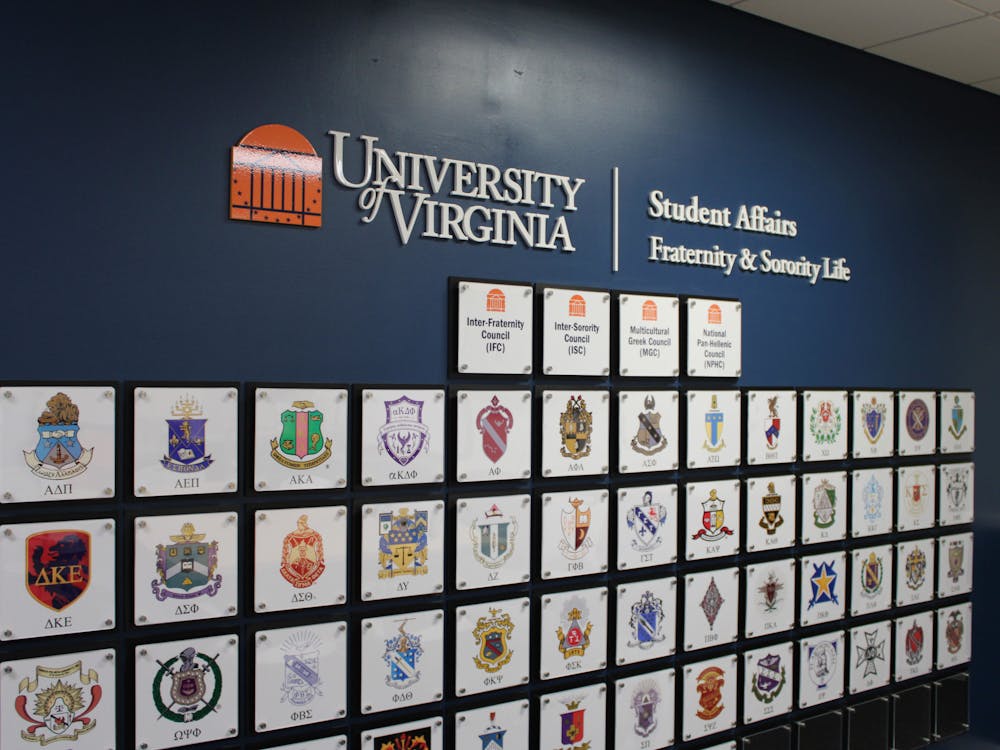It was with a mix of pleasure and anger that I read about President Barack Obama’s recent announcement that he will create the first national monument to gay rights at the Stonewall Inn bar in New York’s West Village, the site of the 1969 riots and the “birthplace of America’s modern gay liberation movement.” Pleasure in seeing that, after 45 years, the LGBT community has begun to be recognized as the site of the most explosive change since the Civil Rights Movement. Rage, however, at the historical inaccuracies, which fall somewhere between lazy and inexcusable.
Last year, a firestorm erupted when word got out that Roland Emmerich had made a film about the Stonewall riots in which the role of instigator was played by a white, wholesome, corn-fed cisgender gay youth, instead of the more historically likely trans person of color. Emmerich admits that the historical record does not support this narrative, but he decided to represent it that way anyway.
Though I would love to re-engage in the debate over who threw the first brick at Stonewall, today it seems a moot point. It doesn’t matter who threw the first brick at Stonewall in 1969, since the first “brick” wasn’t even thrown in New York at all; it was thrown in San Francisco in August of 1966 at the Compton Cafeteria Riots. There, patrons fought back against police harassment in the same style as Stonewall, and they caused some good, old-fashioned havoc in the process.
So why wasn’t it reported on? Why don’t we cite it as the first chapter of the Gay Liberation movement? Where’s the Compton movie? Where’s the monument, Obama?
I suspect this oversight has something to do with the fact that the Compton patrons were transgender.
To locate the origins of the LGBT movement within a space as typically cisgendered as Stonewall, then, flies in the face of historical fact. The announcement of this monument is just another page in the LGBT movement’s shameless negligence of the “T.” Keep in mind the gender-variant rioters of Compton were gathered in the Tenderloin district because they were “unwelcome” in gay bars. Our movement originated in the oppression of trans people within the queer community, yet our role keeps getting erased.
I am tired of gay revisionists who underhandedly imply the queer rights movement started with the most palatable demographic: white cisgender gay men. In the words of Rutgers Prof. Tim Stewart-Winter, who specializes in the history of gay movements, “this is something that was not a project of middle-class, white activists.” The fact of the matter is they were not at the forefront of these movement, and they did not do anywhere near as much to organize people as trans women such as Marsha P. Johnson and Sylvia Rivera did. The battle for queer rights was fought by those who could not afford to stay in hiding: the trans, the poor and people of color. White cis gay men have been living on the organizational labor of trans people since the beginning of the movement, and now, it seems, they demand credit for work they didn’t do. The Stonewall monument ought to read: white gays, this is not for you.
But let me return to the first thing I felt when I heard the news: pleasure. Despite the fudged history, I am still so glad to hear that there will be a lasting monument to the struggles of queer people to gain legitimacy in the American political system. The fight has been fraught with violence, with cruelty and with death.
Still, things are nowhere near where they need to be. Lesbian, gay and bisexual youth are four times more likely to commit suicide than their straight peers. The numbers are similar for trans youth. There are no federal protections for queer people in terms of employment or housing. And the most successful queer people in media are still predominantly well-muscled white dudes with names like “Patrick” or “Anderson.” Looking at all this, I am reminded of the value of such a monument toward the recognition of the queer community, but I am doubly aware of the danger of erasing the truth of our history.
Build a monument at Compton, President Obama. Build a monument for Marsha. I am proud to be a member of the modern queer community. But if being a member community means rewriting history to ignore the importance of gender nonconforming people, then I no longer want to be a part of it.
Drew Kiser is a third-year in the College.




